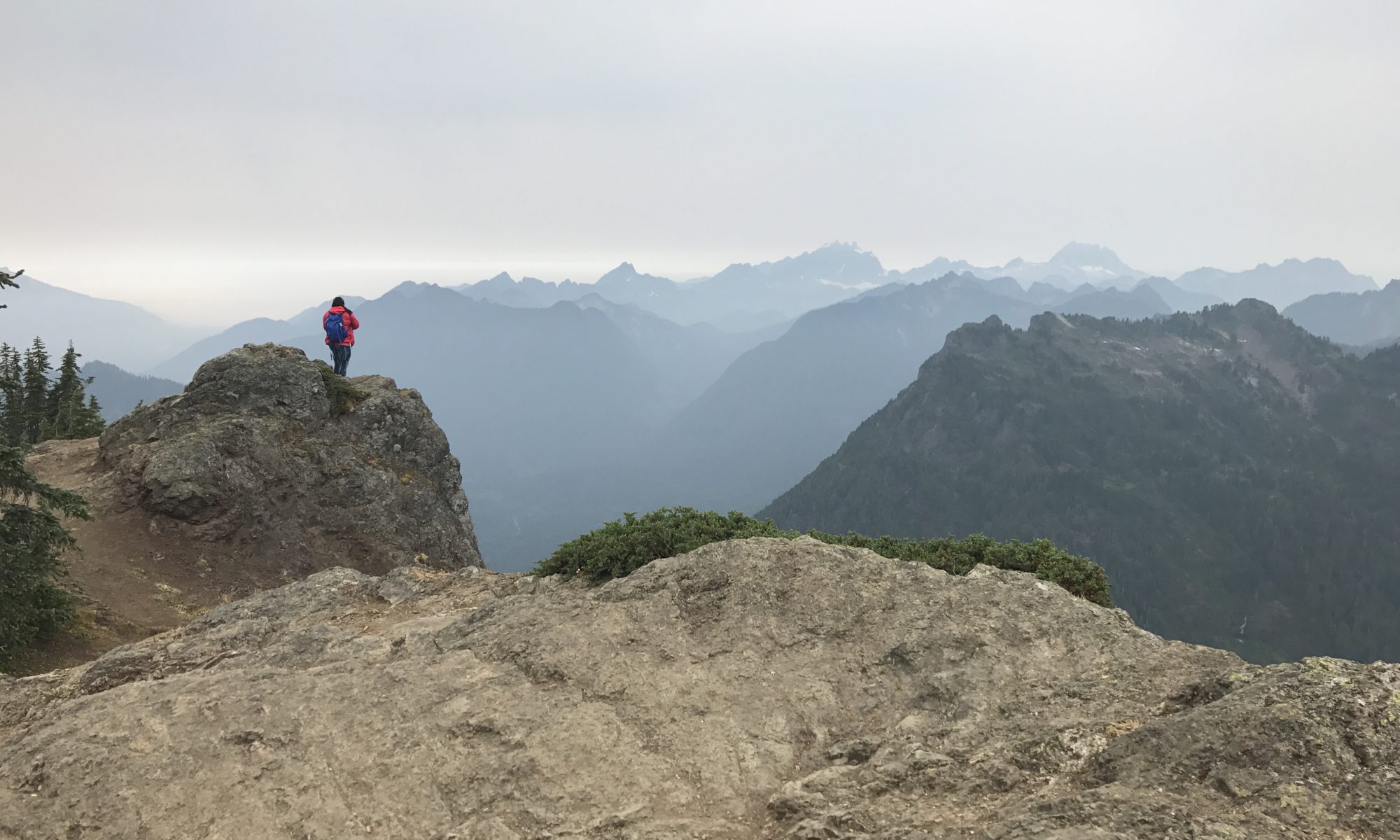
This post may contain affiliate links.
Rock climbing is one of the hottest sports lately, leading to its inclusion in the 2020 Olympics. In the US alone in 2017, 43 new indoor climbing gyms opened, which is a 10% growth rate. Chances are good that you know somebody who regularly climbs or you’ve been invited to go climbing.
Why is Greece so popular for rock climbing?
Greece is one of the hottest new places to go rock climbing. More and more serious rock climbers are setting out to spend their vacation in Greece.
Greece, and specifically Crete, is full of limestone, forming stunning cliffs that are perfect for climbing. Crete also offers top-notch beaches, scenery, and weather to go along with a climbing trip. You can finish up a long day with a swim at a beautiful beach and excellent local Greek food.
We went on two separate rock climbing trips in Crete, and I highly recommend both spots.
Voulismeno Aloni
The first one was to Voulismeno Aloni, which is only about 15 minutes from Heraklion. It’s a sinkhole that was formed when a cavern roof collapsed. The walls surround the center like a bowl.

The routes in this area range from beginner-friendly to advanced. I was the only one in our group who had done outdoor climbing before, and it had been years since I’ve gone.
Our guide, Tim, did all the lead climbing for us and taught us the basics. If you’re new to climbing, you should know that it’s essential to have a solid partner to belay you.
One of the biggest misconceptions that I’ve encountered about rock climbing is that it’s a very dangerous sport. This is so far from the truth!
Almost all climbers use high-quality ropes and gear to ensure their safety. Rock climbing ropes are made to specific standards, as well as sport clips, belay devices, and carabiners. They have all been tested to handle the large amounts of force from a falling climber.
Overall, Voulismeno Aloni is a great place to climb. It’s close to Heraklion, there are over 40 routes, and the difficulty ranges from 4c to 8b.

We started on a section of the wall that was closer to the entrance, and it was a good warm-up. There are several easy, beginner-friendly routes next to each other. Just because it’s easy doesn’t mean it isn’t fun!
Then we moved on to a harder route that was further back into the bowl. There was a difficult section towards the top that I had trouble getting over because my arms were toast!

By the way, Europe tends to use the French rating system instead of YDS, which is used in North America. A 4c is roughly equivalent to a 5.7 – this is a route that any beginner should be able to climb fairly easily.
I found this video of a woman climbing at Voulismeno Aloni, if you want to see what one of the more difficult routes looks like. Also, she is a complete badass and someday I would love to be able to create videos like that!
Therisoss
The second place we visited was Therisoss, which is a gorge near the city of Chania. It’s a beautiful drive and this area attracts many tourists.
The cliffs stretch up on either side of the road as you drive up into the gorge. We parked just off the road, and walked about 50ft to our climbing site.
Unfortunately I did not get any good pictures, but you can google for pictures or better information.
Therissos also has routes that range from beginner-friendly to more difficult. It’s very popular among the local climbers who live near Chania due to how close it is. There are numerous sport climbing routes established on these cliffs.
The other cool thing about climbing here is the excellent views you get at the top of the climb. You can’t see much down in the gorge, but climbing higher opens up views of the surrounding mountains!
After several hours and many attempts of each route, we packed up and drove to Therissos, a village in the mountains. There is some history surrounding this village and a statue of a famous Greek politician in the square.

We have learned that the best way to order food at Greek restaurants is to just ask them to cook for your group. This time we ended up with pork chops, Greek salad, traditional greens, bread, and staka.
Staka is a traditional Greek dish (like a roux) made from goat’s milk. It’s common to serve cracked eggs and french fries in the staka, which makes it kinda like poutine. I highly recommend trying it!
Consider making Crete your next climbing destination!
If you are a beginner to climbing, there are several tour companies that offer guided trips. If you have your own gear, there are some excellent resources on the best climbing spots and how to get there. This book has the most up-to-date info on sport climbing in Greece, including a few places in Crete: Greece sport climbing: the best of 2017.
Or if you are just going on a sightseeing trip in Crete, consider adding on a day or two of rock climbing!
















